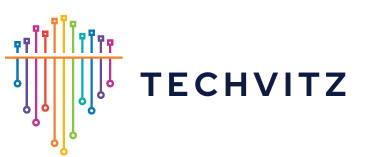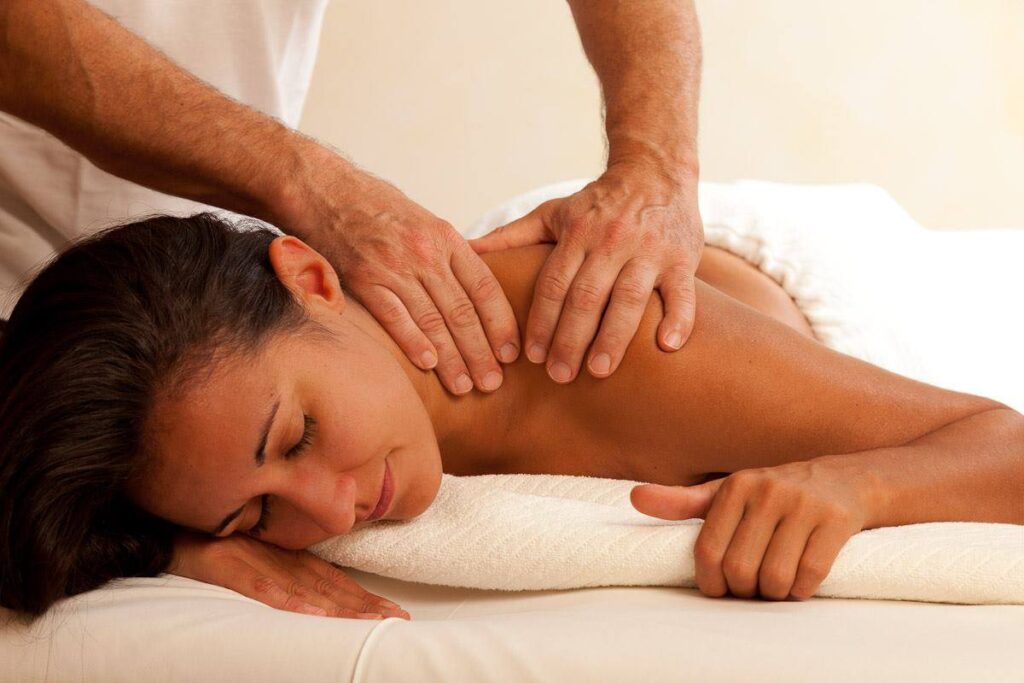In the realm of healthcare, physical therapy stands as a crucial element in the recovery and rehabilitation process for many individuals. Among the various techniques and treatments employed within physical therapy, massage therapy holds a particularly significant role. This ancient practice, which has evolved and been refined over centuries, offers a multitude of benefits that complement and enhance traditional physical therapy methods. Here, we delve into why massage therapy is an essential part of physical therapy and how it contributes to holistic healing.
1. Pain Relief
One of the primary reasons people seek physical therapy is to alleviate pain. Whether due to injury, surgery, or chronic conditions, pain can significantly hinder daily activities and quality of life. Massage therapy is renowned for its ability to reduce pain. Through the manipulation of soft tissues, massage can help alleviate muscle tension, improve circulation, and stimulate the release of endorphins—our body’s natural painkillers. This makes it an invaluable tool in the physical therapist’s arsenal for managing and reducing pain.
2. Improved Circulation
Good circulation is vital for overall health and particularly important in the healing process. Massage therapy enhances blood flow, which facilitates the delivery of oxygen and nutrients to tissues and helps in the removal of metabolic waste products. Improved circulation can accelerate recovery from injuries, reduce swelling, and enhance the effectiveness of other physical therapy treatments.
3. Increased Flexibility and Range of Motion
Injuries, surgeries, and chronic conditions can lead to stiffness and restricted movement. Massage therapy helps to relax and lengthen muscles, break down adhesions (scar tissue), and improve the elasticity of connective tissues. This results in increased flexibility and range of motion, which are crucial for restoring function and preventing future injuries. Enhanced flexibility also enables patients to perform physical therapy exercises more effectively and with greater ease.
4. Stress Reduction and Relaxation
The psychological aspect of healing is often overlooked, yet it plays a critical role in recovery. Physical therapy can be intense and stressful, especially when dealing with pain and limited mobility. Massage therapy provides a much-needed break from the rigor of physical exercises, promoting relaxation and reducing stress. The calming effect of massage helps lower cortisol levels, which can improve mood, enhance sleep quality, and contribute to overall well-being.
5. Muscle Recovery and Rehabilitation
After an injury or surgery, muscles often require rehabilitation to regain strength and function. Massage therapy aids in muscle recovery by reducing soreness, preventing muscle spasms, and promoting faster healing. By addressing muscle imbalances and improving muscle tone, massage supports the rehabilitation process, allowing patients to rebuild strength and return to their normal activities more quickly.
6. Holistic Approach to Health
Massage therapy embodies a holistic approach to health and wellness. It not only addresses the physical aspects of healing but also considers the emotional and mental well-being of patients. This comprehensive approach aligns perfectly with the goals of physical therapy, which aims to restore function, alleviate pain, and improve the overall quality of life.
Conclusion
Incorporating massage therapy into physical therapy programs offers a wide range of benefits that enhance the effectiveness of treatment. From pain relief and improved circulation to increased flexibility and stress reduction, massage therapy addresses multiple facets of the healing process. Its holistic nature and ability to complement traditional physical therapy methods make it an indispensable component of comprehensive patient care. For those on the path to recovery, massage therapy is not just a luxury but a necessity, contributing significantly to a successful and lasting rehabilitation.



